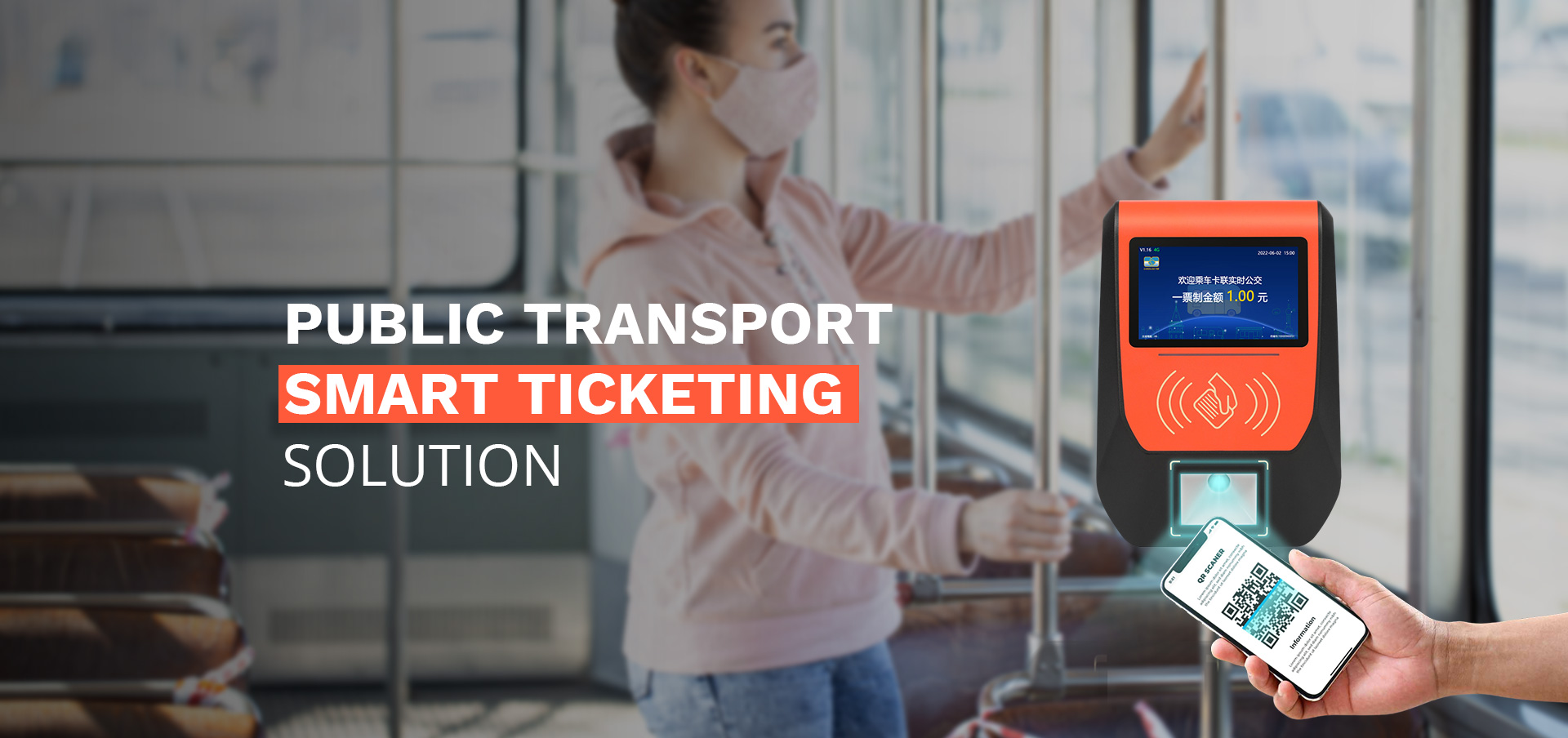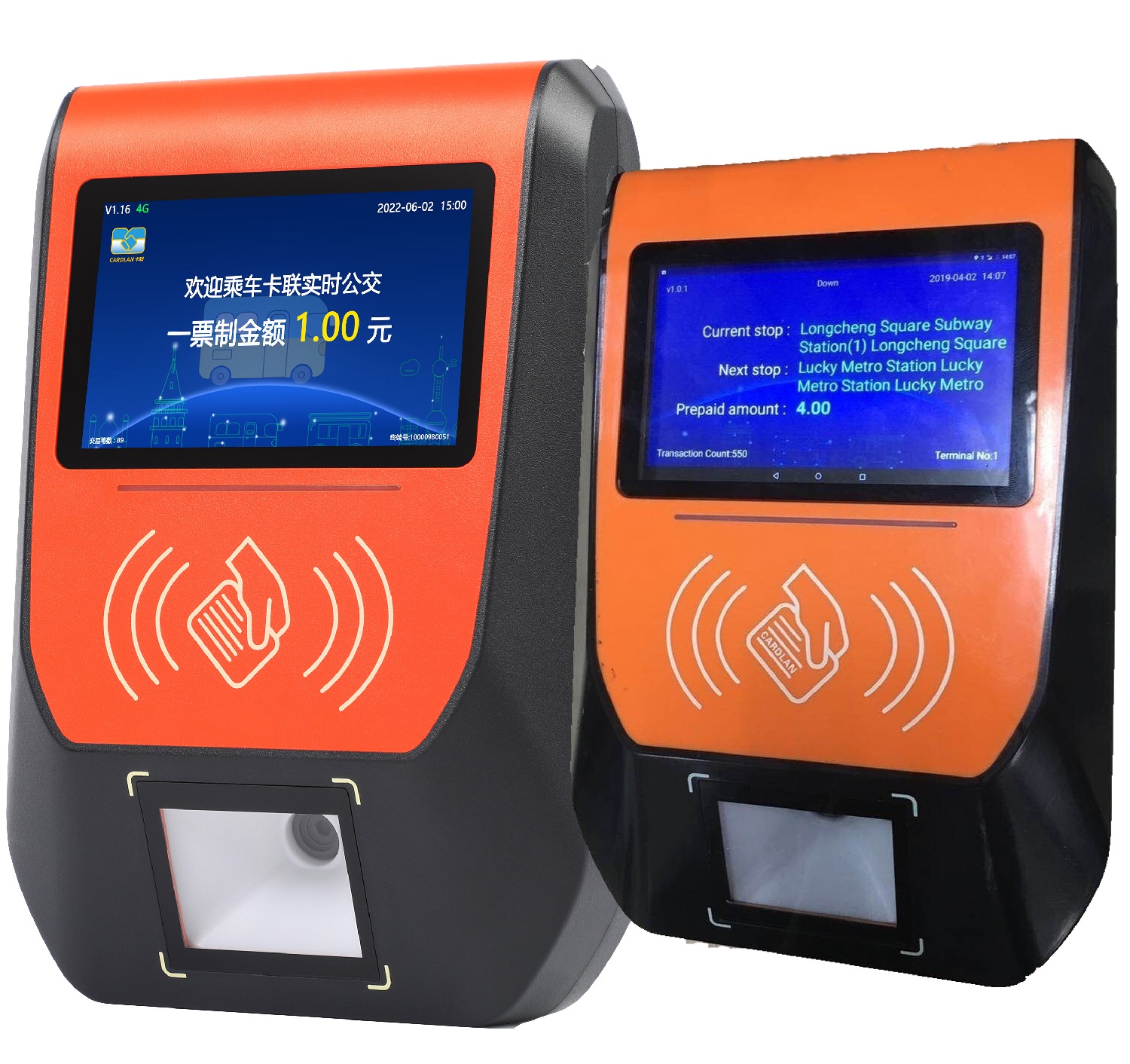The Evolution of Public Transport Payment: A Look at the Present and Future
Public transportation is a vital component of urban life, connecting millions of people to their destinations every day. Over the years, the payment systems for public transport have undergone significant transformations, moving from traditional cash-based systems to more modern, digital methods. This article explores the current landscape of public transport payment, highlighting its advancements and the potential it holds for the future.
In the past, public transport payment often involved the use of physical tickets or tokens. Passengers would either buy individual tickets at stations or load pre-paid tokens onto their cards. This system, however, had its limitations. It was prone to errors and fraud, and the process of purchasing and validating tickets was often time-consuming and inconvenient.
With the advent of technology, public transport payment has undergone a revolution. The introduction of smartcards, or electronic ticketing systems, has greatly improved the efficiency and convenience of payment. These cards allow passengers to preload funds, which can then be deducted automatically for each journey. This not only speeds up the boarding process but also reduces the need for cash handling, thereby minimizing the risk of fraud.
More recently, the integration of mobile payment systems has further transformed public transport payment. Passengers can now use their smartphones to pay for their rides, either through dedicated transport apps or through general payment platforms like digital wallets. This flexibility and ease of use have made public transport even more appealing to a wide range of users.
Looking ahead, the future of public transport payment seems even more promising. With the development of advanced technologies like blockchain and artificial intelligence, we can expect even greater innovations in this field. For instance, blockchain technology could be used to create a secure, decentralized payment system that ensures transparency and reduces fraud risks even further. Artificial intelligence, on the other hand, could be employed to optimize routing and pricing, providing passengers with more personalized and cost-effective travel options.
In conclusion, the evolution of public transport payment has been remarkable, moving from traditional, cash-based systems to more modern, digital methods. With the continued development of technology, we can expect even greater advancements in this area, making public transportation more convenient, efficient, and secure for everyone.

 Cardlan 2026: Synergistic Innovation of Software Bus Fare System and Hardware OEM Production
Cardlan 2026: Synergistic Innovation of Software Bus Fare System and Hardware OEM Production
 Metro Card Payment Device
Metro Card Payment Device
 Bus payment device upgrading, Support secondary development with SDK API provided
Bus payment device upgrading, Support secondary development with SDK API provided
 Transportation NFC IC card QR scan payment management system
Transportation NFC IC card QR scan payment management system